Ever seen a dog hide behind their owner’s legs at the park, looking like they’re witnessing an alien invasion? That’s social anxiety, and about 40% of dog owners report their furry friends showing these nervous behaviors during first-time park visits.
Let’s fix that. This guide will walk you through exactly how to socialize your dog at the park without the drama, tears, or embarrassing dash across the field to catch your escapee.
The truth is, dog parks can be paradise or nightmare fuel depending on how you prepare. It’s not just about throwing Fido into the mix and hoping for the best.
But here’s what most owners get completely wrong about that crucial first visit…
What to Consider Before Going to the Dog Park
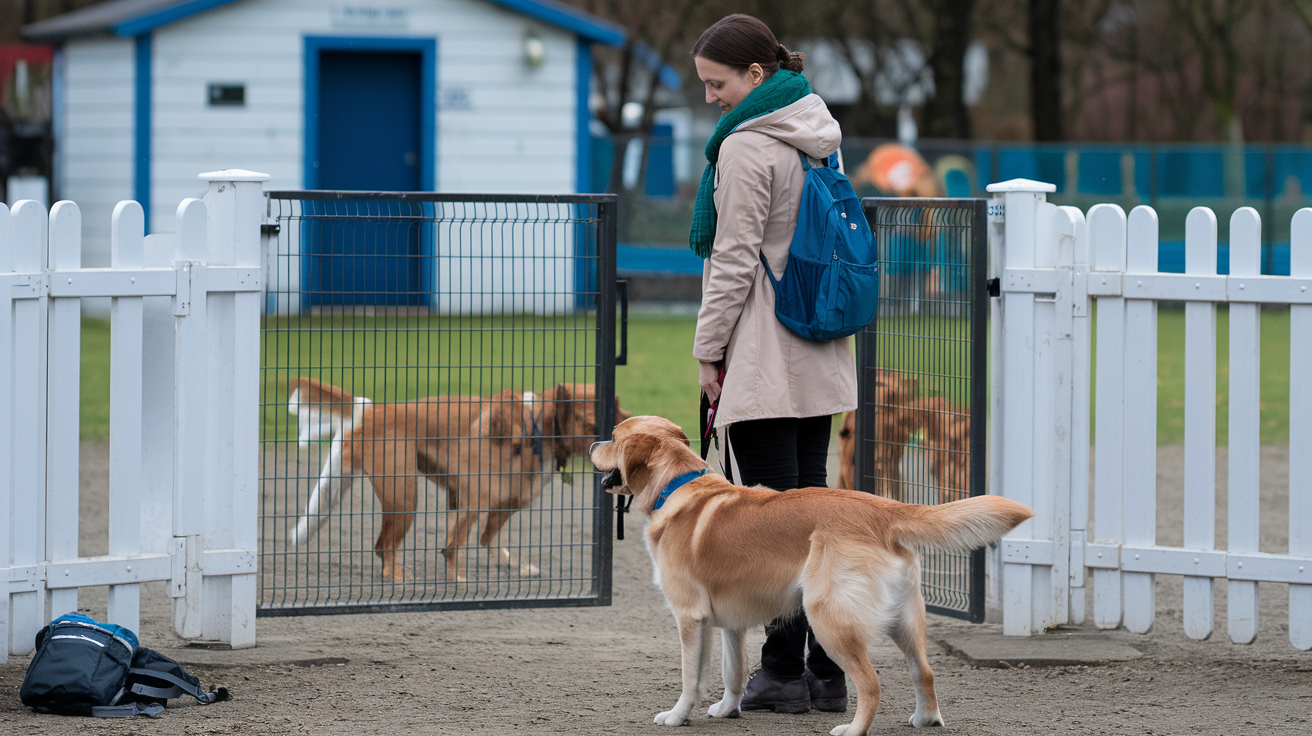
Is Your Dog Ready?
Before loading Fido into the car for his first park adventure, ask yourself: is he actually ready? Not all dogs should visit dog parks, especially if they’re reactive or aggressive around other pups.
Your dog needs solid recall skills – if he ignores you when excited, the dog park isn’t the place to test this. He should come when called, even with distractions.
Basic training commands like “sit,” “stay,” and “leave it” aren’t just for show – they’re safety essentials in busy park environments.
And please, don’t bring puppies under 4 months old. They need all their vaccinations first, including rabies, distemper, and bordetella. Your vet can confirm when your pup is medically cleared for public play.
Health Considerations
Dog parks are basically germ festivals. Is your dog fully vaccinated? Parasite-protected?
Some risks at dog parks include:
- Kennel cough
- Parasites (giardia, hookworms)
- Fleas and ticks
- Contagious skin conditions
Keep your dog’s vaccinations current and maintain regular deworming treatments. Don’t bring sick dogs to the park – that’s just not cool for anyone.
Temperament Testing
Some dogs just aren’t dog park material, and that’s okay! If your dog shows these signs, consider other socialization options:
- Resource guarding (toys, water bowls)
- Fear aggression toward strangers
- Bullying smaller dogs
- Excessive mounting behavior
- Anxiety in noisy environments
Try a playdate with one friendly dog first. See how that goes before throwing your pup into the deep end of dog park politics.
11 Dog Park Safety Tips
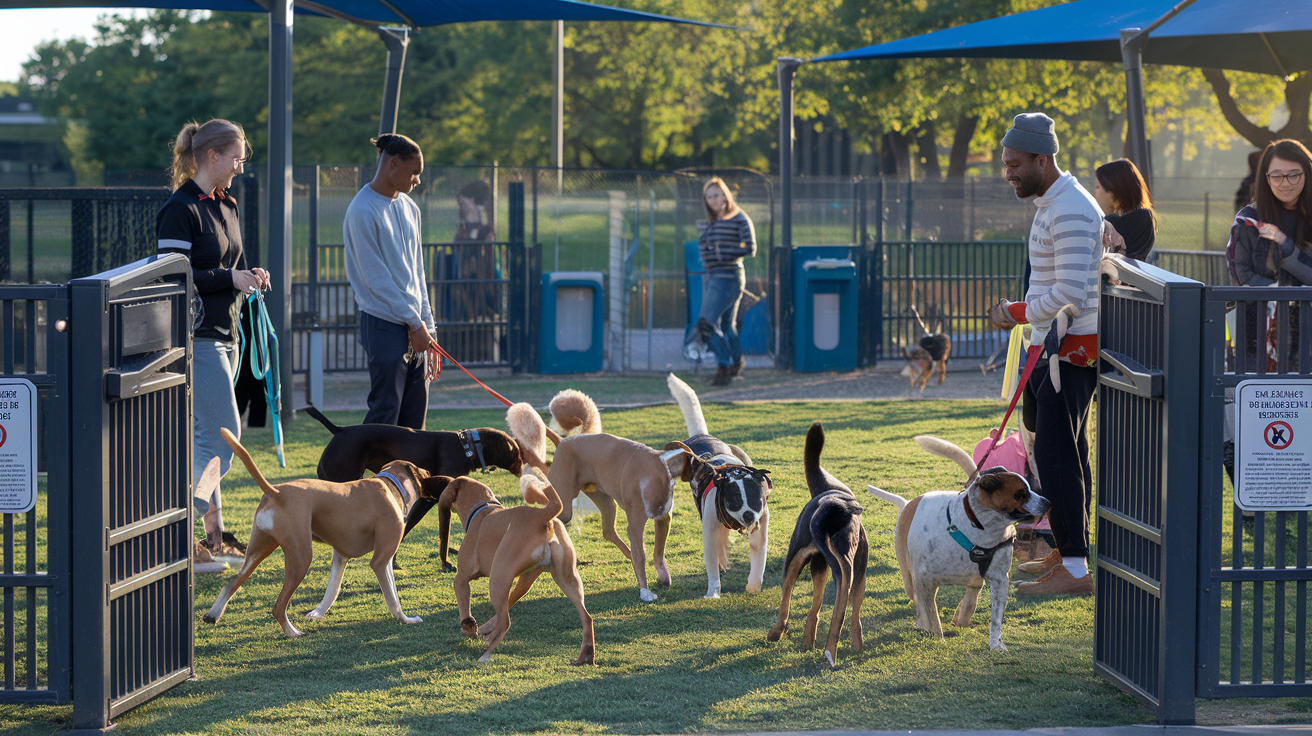
A. Know the Dog Park Rules
Every dog park has its own set of rules. Before you even pack the car, check online or call ahead to learn about age restrictions, vaccination requirements, and hours. Some parks don’t allow puppies under 4 months, while others might require proof of vaccinations. Nothing worse than driving all the way there only to be turned away at the gate because your pup doesn’t meet the criteria.
B. Teach Basic Commands
Your dog needs to know who’s boss at the park. Make sure they respond to “come,” “stay,” and “leave it” before letting them off-leash. When that hyper Labrador starts getting too rowdy or your dog finds something gross to roll in, you’ll need immediate response to your commands. Practice these skills in low-distraction environments first, then gradually work up to more challenging situations.
C. Don’t Bring Dog Toys
That favorite squeaky toy? Leave it at home. Bringing toys to the dog park is asking for trouble. Dogs can get possessive fast, and what starts as a fun game of fetch can turn into a resource-guarding showdown. If other owners have brought toys, keep a close eye on your dog’s interactions around them. The dog park is about socializing, not playing with toys.
D. Watch Dog Body Language
Dogs tell us everything we need to know if we’re paying attention. A wagging tail doesn’t always mean happiness—it could signal nervousness. Learn to spot warning signs like stiff posture, raised hackles, tucked tails, or showing the whites of their eyes. If your dog freezes or growls, intervene immediately. Good play includes bouncy movements, play bows, and relaxed body language with frequent breaks.
E. Know When It’s Time to Leave
The best park visits end before problems start. If your dog seems overwhelmed, tired, or is being bullied, don’t wait for a fight to break out. Some days your dog just isn’t feeling social, and that’s okay! Watch for excessive panting, hiding behind you, or trying to leave. A 15-minute successful visit is better than an hour-long stressful one.
F. Don’t Zone Out
The dog park isn’t the place to catch up on emails or scroll through social media. Your full attention should be on your dog. Stay within a reasonable distance so you can intervene quickly if needed. Walk around, follow your dog, and be ready to step in. Dogs are like toddlers—they get into trouble the second you look away.
G. Consider Dog Parks with Membership and Entrance Fees
Free isn’t always better when it comes to dog parks. Parks that charge a fee or require membership often have better maintenance, more responsible owners, and staff to monitor interactions. They typically require proof of vaccinations and may even have separate areas for different sizes or temperaments. The small cost is worth the peace of mind.
H. Bring a Well-Packed Bag
Always bring water (shared water bowls are germ factories), poop bags, a first aid kit, and your phone. A spare leash, towel for muddy paws, and hand sanitizer are smart additions. Some owners swear by carrying a pet-safe citronella spray or air horn to break up potential fights without getting bitten.
I. Pick Up Poop
This shouldn’t need saying, but here we are. Always clean up after your dog, even in the far corner of the park. Leaving waste spreads disease and parasites to other dogs. Bring extra bags and consider picking up orphaned poop too—we all miss one occasionally.
J. Keep Up with Your Dog’s Prevention Meds
Dog parks are hotspots for parasites. Make sure your dog is current on flea, tick, and heartworm preventatives before visiting. One romp through tall grass can lead to unwanted hitchhikers coming home with you. Regular deworming is also important since many parasites pass through fecal-oral contact—something dogs excel at during play.
K. Make Sure Your Dog Is Healthy
Skip the park if your dog shows any signs of illness—coughing, sneezing, vomiting, diarrhea, or unusual lethargy. Kennel cough and other contagious conditions spread like wildfire at dog parks. Also, if your female dog is in heat, save the park visit for another time. Not only will it cause chaos with male dogs, but it’s also how unplanned litters happen.
Every Dog and Cat Deserves the Pet Insurance of Champions
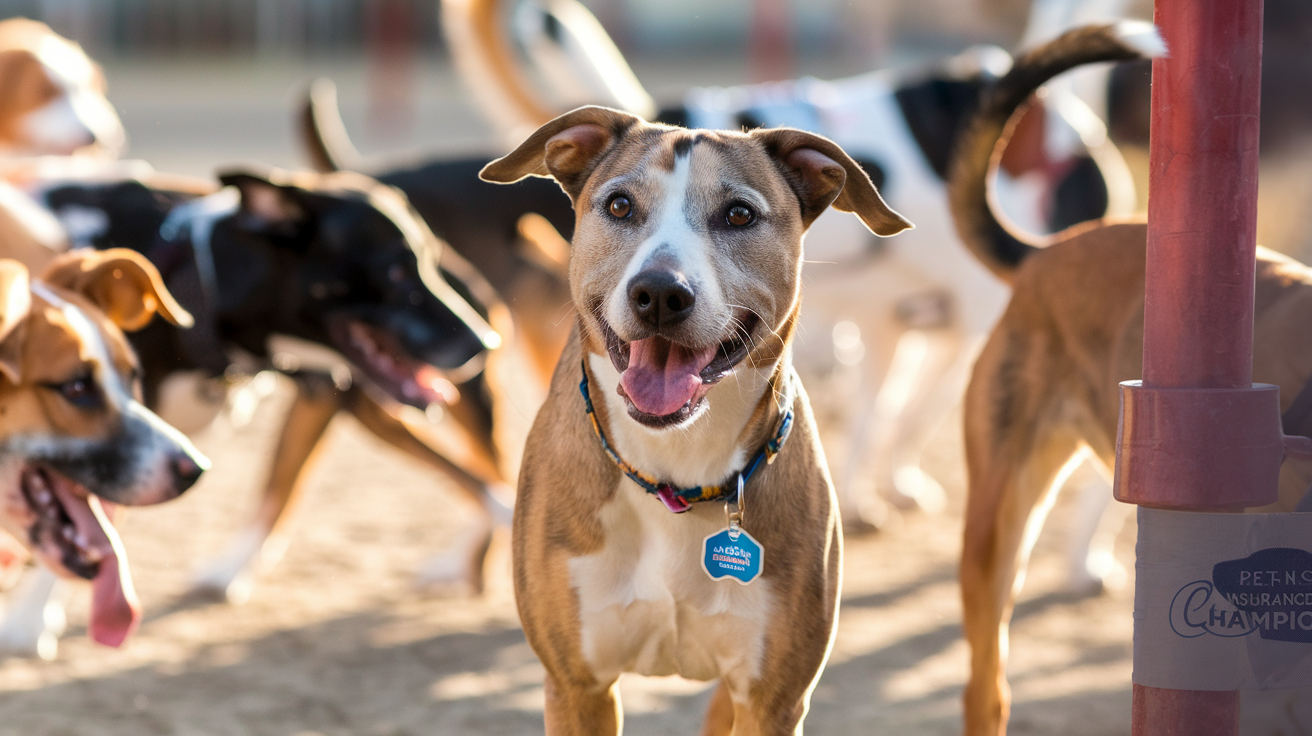
Protect Your Adventurous Pup
Taking your dog to the park isn’t just about fun—it’s about calculated risks too. Your furry friend might sprint after squirrels, rough-house with new buddies, or simply trip over their own excitement. Stuff happens.
That’s why smart pet parents don’t leave protection to chance. Quality pet insurance covers those unexpected vet visits when your social butterfly gets a paw injury during play or picks up something they shouldn’t have from another dog.
Coverage That Makes Sense for Social Dogs
Parks present unique risks—from scuffles with less-friendly dogs to accidental injuries during play. The right insurance plan covers:
- Emergency vet visits
- X-rays and diagnostics
- Surgeries from playground accidents
- Medications for infections
- Treatment for parasites picked up from shared spaces
Peace of Mind While They Play
Nothing ruins a fun day faster than worrying about costs while your pup limps after an awkward landing. With solid coverage, you can focus on what matters—watching your dog make friends and build confidence.
Think about it—you wouldn’t take your kid to sports practice without health insurance. Your four-legged athlete deserves the same protection when they’re learning the ropes of dog society.
The monthly premium costs way less than one emergency vet visit. It’s simple math that saves both your wallet and your peace of mind when adventure calls.
What Does Dog Play Look Like?
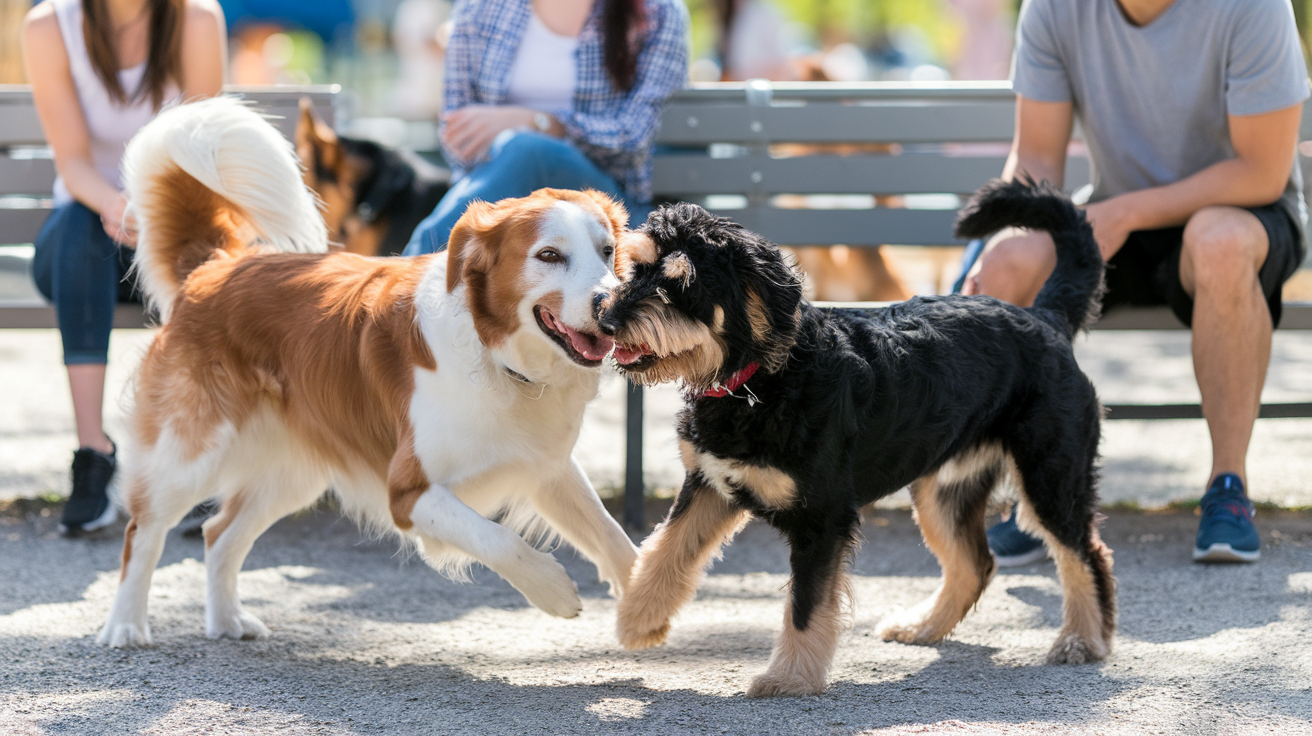
Healthy Play vs. Aggressive Behavior
Dog play can look rough to the untrained eye. Your pup might be having the time of their life, but you’re standing there thinking they’re about to start World War III with that Labrador.
Good play involves bouncy movements, play bows (front end down, rear up), and role reversals where dogs take turns chasing each other. You’ll notice a relaxed body language even during wrestling matches. Their mouths are open but soft, not tense or showing teeth aggressively.
Watch for these positive play signals:
- Play bows
- Bouncy, exaggerated movements
- Self-handicapping (bigger dogs being gentler with smaller ones)
- Pauses in play
- Taking turns being chaser and chased
Warning signs that play is turning aggressive include:
- Stiff, tense body posture
- Growling with curled lips
- One dog repeatedly pinning another who can’t get up
- Tail tucked between legs
- Hiding or trying to escape
The 3-second rule is your best friend at the park. If your dog and their new buddy are playing rough, call your dog away briefly every 30 seconds or so. If they eagerly return to play, that’s a good sign! If either dog seems relieved by the break, it’s time to move on.
Remember that some breeds play differently. Herding dogs might nip or circle, while terriers tend to wrestle and pounce. As long as both dogs are enjoying themselves and showing those bouncy, relaxed signals, they’re just having dog-style fun.
Dog Park Frequently Asked Questions
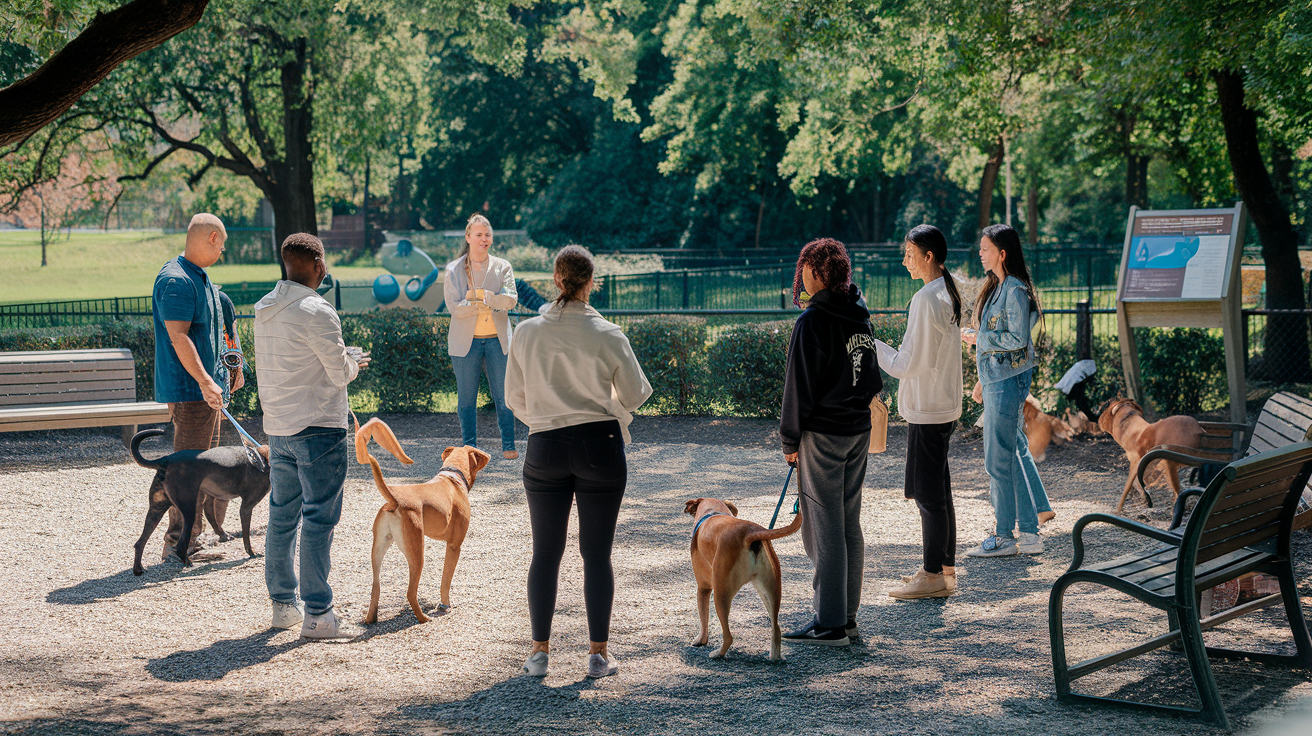
A. Can I Take My 12-Week-Old Puppy to the Dog Park?
Most vets recommend waiting until your puppy has completed their full vaccination series around 16 weeks of age before visiting a dog park. At 12 weeks, your puppy hasn’t developed full immunity yet and could catch something serious like parvo or distemper. Instead of rushing to the dog park, arrange playdates with vaccinated, friendly dogs in private settings. This gives your pup the socialization they need without the health risks.
B. What Vaccines Does My Dog Need If They Routinely Go to the Dog Park?
For regular dog park visitors, these vaccines are non-negotiable:
- Rabies (required by law)
- DHPP (distemper, hepatitis, parainfluenza, parvovirus)
- Bordetella (kennel cough)
- Leptospirosis
Some vets also recommend:
- Canine influenza
- Lyme disease (especially in tick-heavy regions)
Keep your dog’s shots up-to-date and bring proof of vaccination if your local dog park requires it.
C. When Is the Best Time to Take Your Dog to the Dog Park?
Timing can make or break your dog park experience:
- Weekday mornings or early afternoons tend to be less crowded
- Avoid peak hours (weekends and after work) when you’re first starting out
- Weather matters – extreme heat can lead to overheating, while muddy conditions after rain increase infection risks
Many regular park-goers develop their own schedules, so visiting at the same time consistently helps your dog make regular friends.
D. Is it Safe to Take My Dog to the Dog Park During the COVID-19 Pandemic?
While COVID-19 primarily spreads between humans, outdoor activities like dog parks are generally considered lower risk. Still, take these precautions:
- Maintain distance from other pet parents
- Wear a mask when close to others
- Bring hand sanitizer
- Avoid touching shared surfaces
The good news? There’s little evidence that dogs can spread COVID-19 to humans, so your furry friend can still enjoy their playtime.
E. Can My Puppy Go to Dog Park After Their Second Set of Shots?
After the second set of shots (usually around 12 weeks), your puppy has some protection but isn’t fully immune. Most vets recommend waiting until after the final set of vaccinations at 16 weeks. The risk just isn’t worth it – serious diseases like parvovirus can survive in soil for months and can be deadly to puppies. Patience now means many happy park visits later.
F. What Are the Benefits of Taking My Puppy to the Dog Park?
Dog parks offer tremendous benefits when your pup is ready:
- Physical exercise that burns energy and prevents destructive behavior
- Social skills development with different breeds and play styles
- Mental stimulation from new sights, sounds, and smells
- Owner socialization (yes, you’ll make friends too!)
- Training opportunities in a distracting environment
Dogs who regularly visit dog parks often display better behavior at home and improved confidence in new situations. Just remember – quality experiences matter more than quantity.
Active Dogs Need Pet Insurance
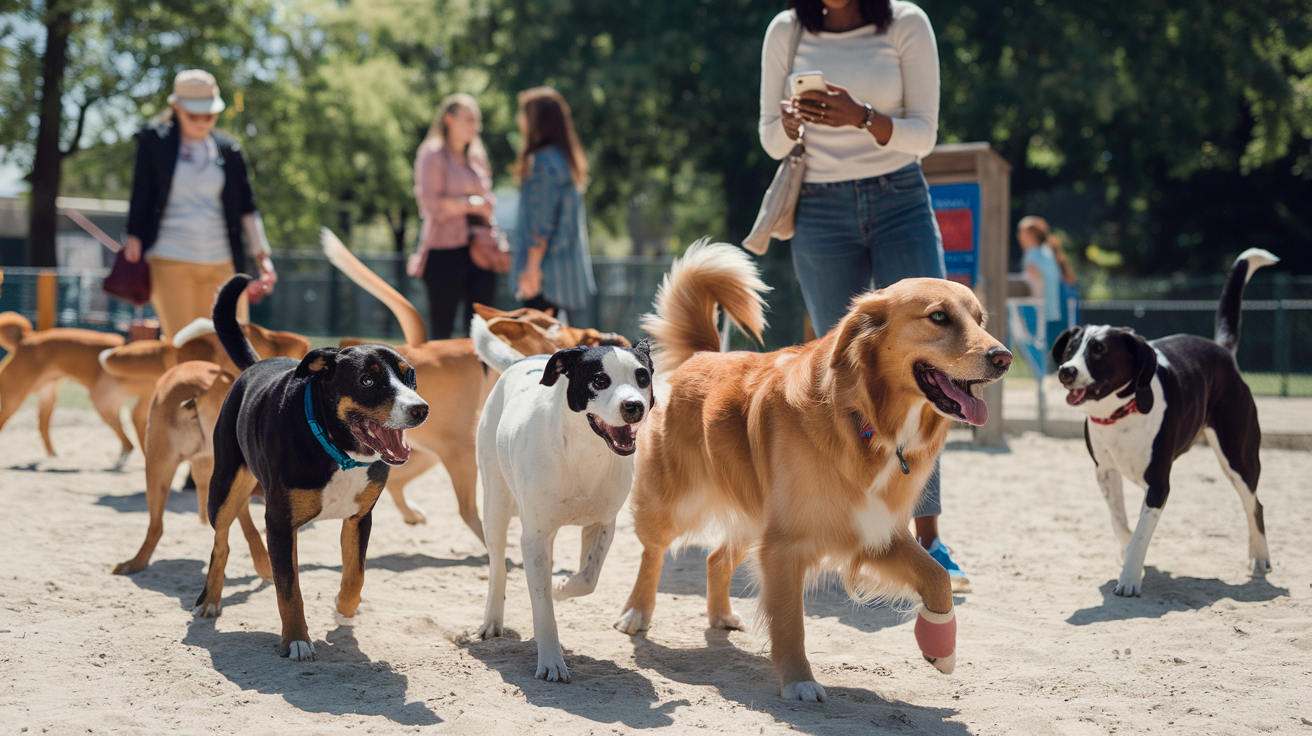
Why Insurance Matters for Park-Going Pups
Active dogs living their best lives at the park face more risks than their couch-potato counterparts. A quick game of fetch can turn into a sprained paw. That friendly wrestling match? It might end with an accidental bite or scratch.
Truth is, energetic dogs who socialize regularly are simply exposed to more situations where accidents can happen. And vet bills? They can hit your wallet hard when you least expect it.
Coverage Worth Considering
For dogs who frequent parks, look for insurance that covers:
- Injury from play with other dogs
- Foreign object ingestion (think tennis balls, sticks)
- Sprains and torn ligaments
- Bite wounds and lacerations
- Infections from shared water sources
Real Costs Without Insurance
Emergency vet visits aren’t cheap. Here’s what you might pay out-of-pocket:
| Emergency | Potential Cost |
|---|---|
| Broken leg | $1,200-$2,500 |
| Foreign object removal | $800-$2,000 |
| Dog bite treatment | $500-$1,000 |
| Torn ACL | $3,000-$5,000 |
Most pet insurance plans cost between $30-$50 monthly, which seems pretty reasonable compared to those emergency bills.
Don’t wait until after that first park incident to get coverage. Insurance companies won’t cover pre-existing conditions, so timing matters.
Your pup deserves the freedom to play hard without you worrying about financial consequences if something goes wrong. It’s peace of mind that pays for itself the first time your dog decides to swallow something questionable at the park.
Every Dog and Cat Deserves the Pet Insurance of Champions
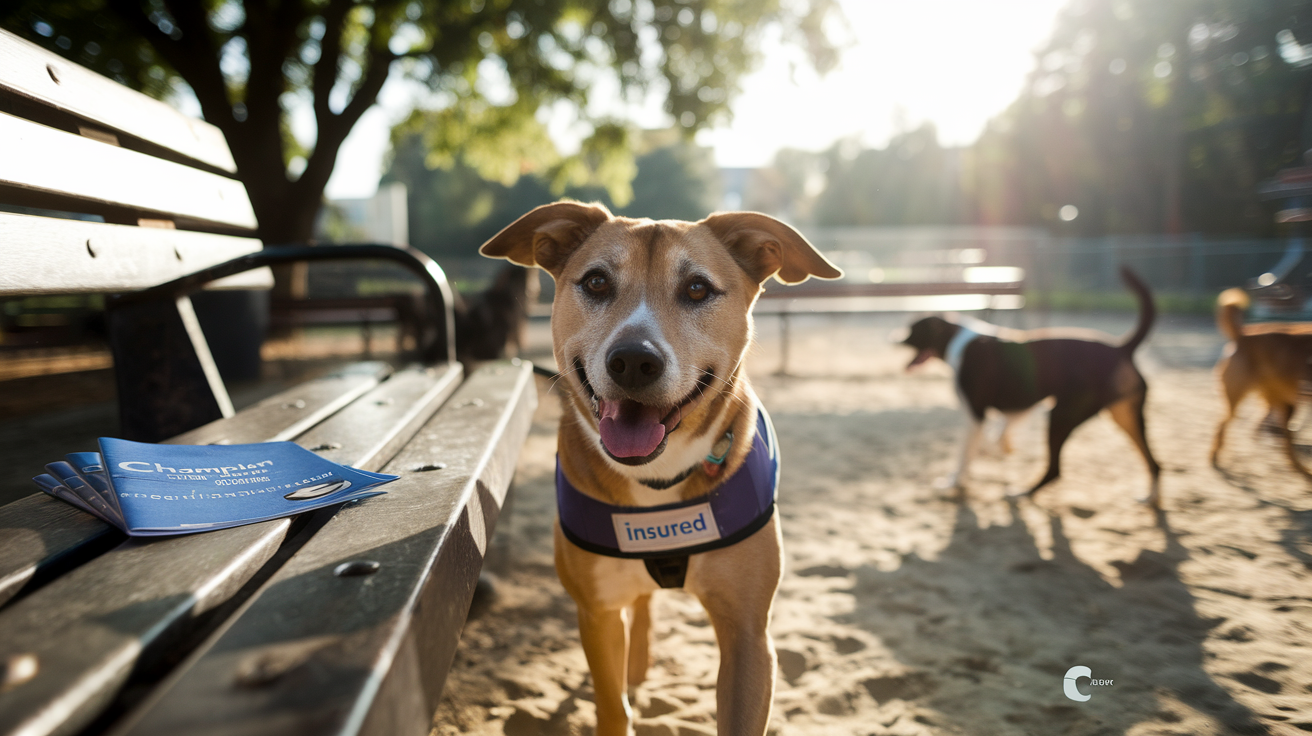
Protect Your Pup Beyond the Park
You’ve taken all the right steps to socialize your furry friend at the dog park, but what happens if things go sideways?
Active dogs are adventure magnets. One minute they’re happily chasing tennis balls, the next they’re limping after an awkward landing or tangling with another excited pup.
Truth bomb: emergency vet visits aren’t cheap. A simple paw injury can set you back hundreds, while more serious incidents can cost thousands. And that’s before we talk about the ongoing costs of medications or physical therapy.
Smart dog parents know that investing in quality pet insurance is just as important as proper socialization. The peace of mind alone is worth every penny when your dog is romping around with new friends.
What to Look For in Coverage
The best plans cover:
- Accident and injury treatment
- Emergency care
- Surgery costs
- Medication expenses
- Rehabilitation therapy
Don’t wait until after that first dog park mishap to sign up. Most policies have waiting periods, and pre-existing conditions typically aren’t covered.
Remember those adorable zoomies your pup does at the park? They’re way more enjoyable when you’re not mentally calculating potential vet bills with every leap and bound.
Your dog deserves the freedom to play without you stressing about costs. After all, the whole point of socialization is helping them live their best, most confident life – both in and out of the dog park.
Related Articles
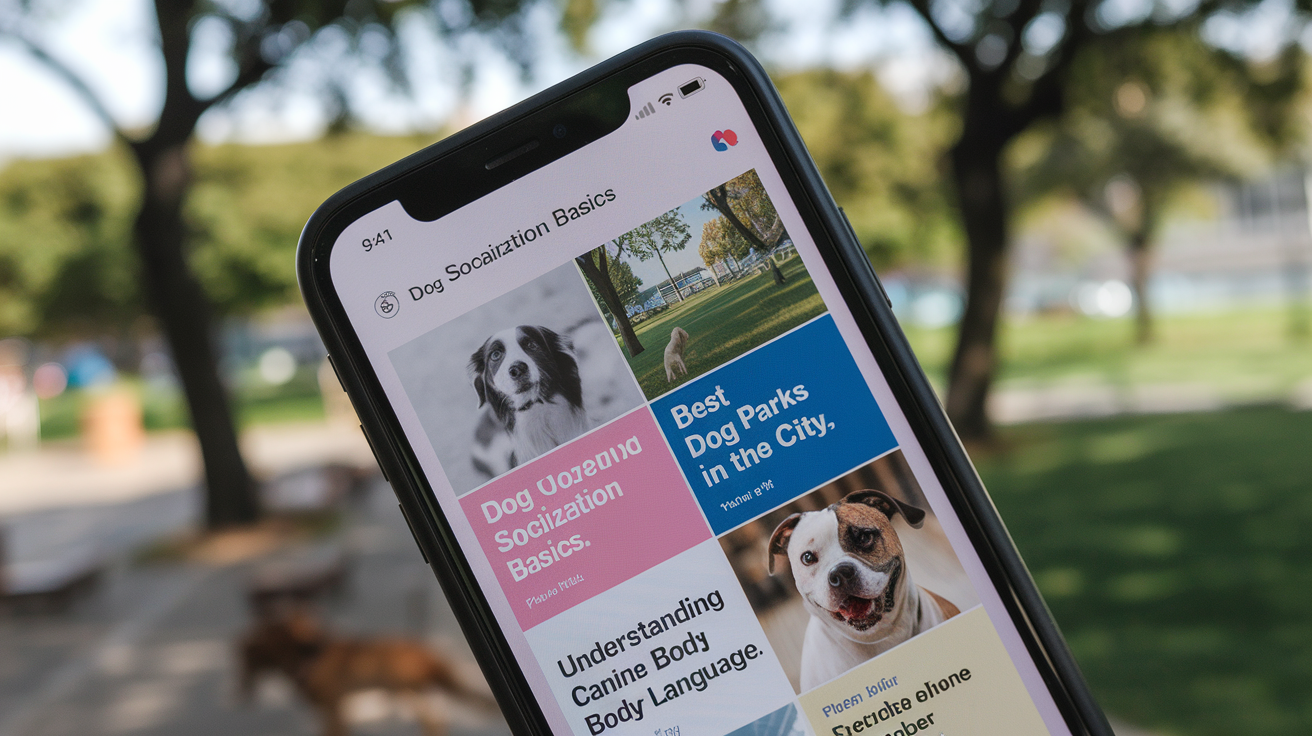
How to Stop a Puppy from Nipping
Got a puppy who thinks your fingers are chew toys? We’ve all been there. Puppy nipping is completely normal, but that doesn’t make those sharp little teeth hurt any less! Start by offering appropriate toys whenever your pup goes for your hands. When those teeth touch skin, let out a high-pitched “ouch!” and briefly stop playing – this mimics how puppies learn boundaries from littermates. Consistency is key here – everyone in your household needs to follow the same rules, or your confused pup will never get the message. Reward gentle behavior with treats and praise. And remember, overtired puppies often become nippy monsters, so regular naps are your secret weapon. Most pups outgrow nipping by 6 months if you’re patient and consistent.
Tips for Dog Training as a Family
Family dog training works best when everyone’s singing from the same sheet of music. First step? Get the whole crew together and decide on your rules. Can Fido sit on the couch or not? What commands will you use? Pick simple, consistent cues that even the youngest family members can remember. Create a training schedule where everyone gets involved – kids can practice simple commands like “sit” while adults handle more complex training. Make it fun! Turn training sessions into games, and keep them short (5-15 minutes) to match your dog’s attention span. Celebrate small wins together, and never punish mistakes – dogs learn through positive reinforcement, not fear. When the whole family participates, your dog learns to respect and respond to everyone equally.
AKC Pet Insurance Celebrates Dog Training Month
The American Kennel Club’s Pet Insurance division recognizes that well-trained dogs are safer, happier, and less likely to end up in shelters. That’s why they spotlight dog training each January with special resources and discounts. Their coverage often includes behavioral training benefits that many pet parents don’t know about. Beyond basic obedience, AKC encourages enrichment training like nose work, agility, and trick training that strengthens your bond while keeping your dog mentally sharp. They emphasize positive reinforcement methods and offer free training guides through their website and social channels. If you’re a policyholder, check your benefits – you might qualify for discounted training sessions with certified professionals in your area. Well-trained dogs typically cost less to insure too, making training a win-win investment.
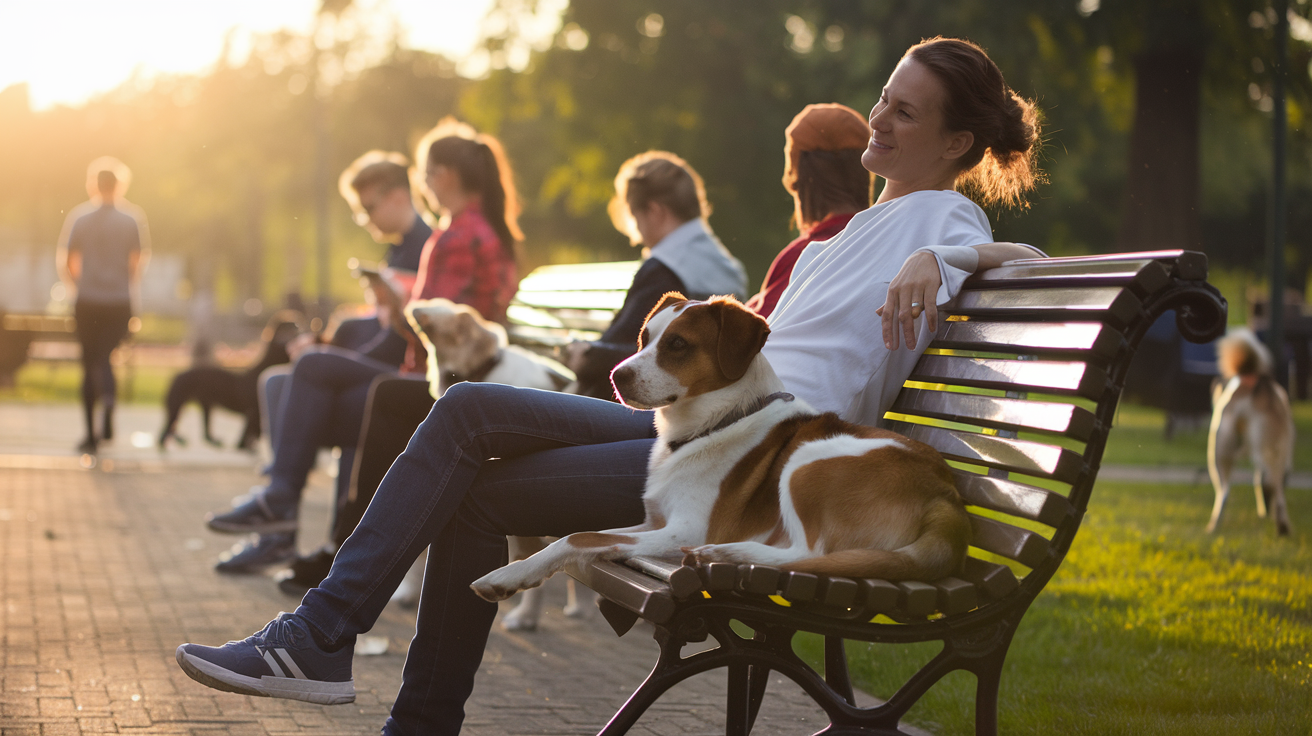
Preparing your dog for successful socialization at the park requires careful planning and attention to safety. From assessing your dog’s readiness to understanding proper play behaviors, these foundational steps ensure positive experiences for both you and your furry friend. Remember to follow essential safety tips like monitoring your dog closely, understanding body language, and keeping vaccination records current.
Active, social dogs lead healthier lives but can also face unexpected injuries or illnesses during their adventures. Consider protecting your canine companion with comprehensive pet insurance that covers accidents, illnesses, and preventive care. Your dog deserves the peace of mind that comes with proper preparation for socialization and the financial security of quality pet insurance coverage.
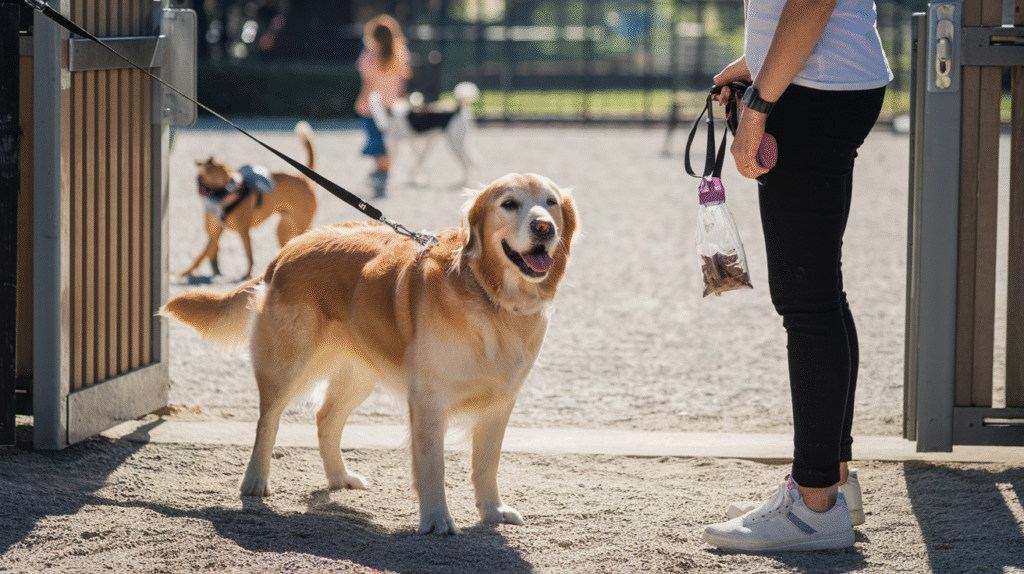


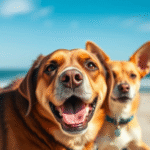
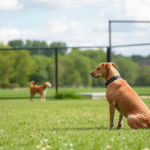

Leave a Reply